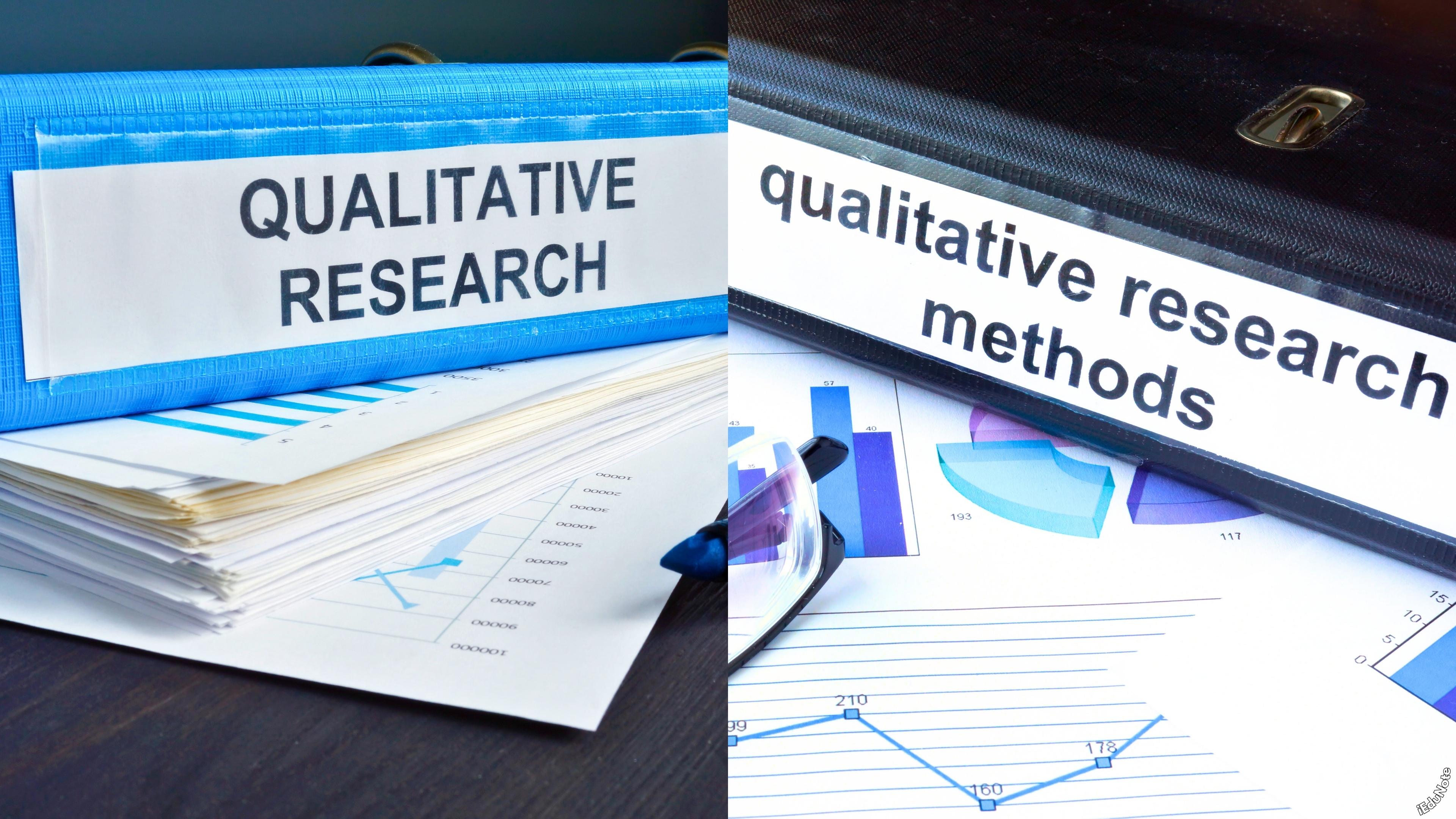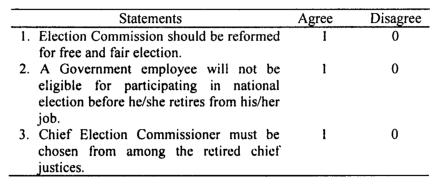What is Theory?
The theory refers to a process of providing an explanation and prediction of phenomena or facts. Theories attempt to answer the ‘why’ and ‘how’ questions in explanatory studies.
A statement that does not seek to explain or predict anything is not a theory. More importantly, the theory must be testable, at least ultimately.
Often, but not always, theories can be stated in causal terms, such as: ‘civil war causes out-migration’ or ‘early marriage leads to high fertility.’
This implies that theory is a set of interrelated propositions that purports to explain a social phenomenon by relating the subject of interest (e.g., out-migration) to some other phenomenon (e.g., civil war).
A theory is a set of interrelated concepts, definitions, and propositions advanced to explain and predict phenomena or facts.
Interrelated Concepts of Theory
Proposition
A proposition is simply a statement about one or more variables.
For example, the ‘crime rate in the city has gone up by 40 percent recently’ is a proposition.
We can think of a proposition as a generic name for any statement of the relationship between variables. In this sense, hypotheses, axioms, postulates, and theorems are all different types of propositions.
Propositions are of great interest in research because they may be used to assess the truth or falsity of relationships among observable phenomena.
Definition of Proposition
A proposition is a statement about concepts that may be judged as true or false if it refers to observable phenomena.
A proposition may be univariate, bivariate, or multivariate, depending on whether it discusses one variable, two variables, or more than two variables.
A proposition made on a single variable is called a ‘univariate’ proposition. A bivariate proposition relates two variables, while a proposition relating more than two variables is a multivariate proposition.
The statement ‘crime rate in the city has gone up by 40 percent’ that we just made is a univariate proposition since it discusses only one variable, ‘crime rate.’
‘The higher the flow of migrants in the city, the higher the unemployment rate is a bivariate proposition.
‘The higher the flow of in-migrants in the city, the higher the unemployment rate and crime rate’ is a multivariate proposition because it involves three variables.
Although multivariate propositions are extensively used in data analysis, most propositions in social research are bivariate.
Multivariate propositions can usually be written as two or more bivariate propositions. Our three-variable proposition, for instance, can be broken into two bivariate propositions;
- the higher the flow of migration in the city, the higher the rate of unemployment; and
- the higher the flow of migration in the city, the higher the crime rate.
Axioms
Axiom may be defined as a statement of a relationship assumed to be true but not testable. True statements from which other statements are deducted are axioms or postulates. Let us look at the following propositions:
- Proposition 1: If A, then B.
- Proposition 2: If B, then C.
Therefore;
- Proposition 3: If A, then C.
In such a theory, if Propositions 1 and 2 are true statements, it follows by deduction that Proposition 3 is also true. Propositions 1 and 2 are thus axioms or postulates.
Theorem
Theorems are derived from postulates or axioms, some of which (but not all) are testable. A proposition deduced from a set of postulates is called a theorem.
If empirical observations demonstrate the truth of proposition 3, it is more logical to name this as a postulate rather than an axiom, and Proposition 3 is then a theorem.
Model
A model is a substitute, a copy, a replica, or an analogy that differs from the real things or actual processes or systems in some way.
Still, providing information on the process or system is accurate and adequate.
A model is representative of a system or a process and is usually expressed in the form of a mathematical function or a set of functions relating to two or more measurable variables.
The assumptions entirely determine the behavior of such a model, and the conclusions are derived as the logical consequences of these assumptions.
A simple model under certain assumptions can represent the association of demand and price. The assumption may be that price increases in a linear fashion as demand increases.
The primary purpose of modeling is simplification, to reduce a confusing mass of numbers to a few intelligible basic parameters, or to make possible an approximate representation of reality without its complexity.
A model is used to study the degree and level of causal relationships, dependence, and direction of the relationships.
A model thus portrays the dynamic association of contending variables interlocked in a chain of relationships.
A model may be highly conceptual or theoretical developed at the start of the research and then tested through the process of data gathering, analysis, and reasoning.
Theoretical Framework

Social problems and issues are very complex and interrelated, so it is not always possible to undertake a comprehensive and satisfactory analysis of an observed phenomenon.
To explain, interpret, probe, or analyze any process or phenomenon, social scientists usually develop a framework for analyzing data by combining some established theories into an integrated framework of analysis.
This, in research parlance, is called a theoretical or conceptual framework.
A theoretical framework is an intermediate theory that attempts to connect all aspects of the research process, including problem definition, objectives, methodology, data collection, and data analysis.
It discusses through an overview of existing literature which theories exist to explain the relations between concepts/variables relevant to our research.
A theoretical framework can help us explain why we are researching using a particular method and not others to reach a certain point.
A theoretical framework can act like a travel map that gives coherence to empirical inquiry.
Because it is potentially so close to empirical inquiry, it can take different forms depending upon the research questions or problems. In other words, there are many ways to explain a theoretical framework.
It can be any or all of the following:
- A set of coherent ideas or concepts organized in a manner that makes it easy to communicate with others.
- It is an organized way of thinking about how and why a project occurs and how we understand its activities.
- The basis for thinking about what we do and what it means is influenced by the ideas and research of others.
- An overview of ideas and practices that shape the way the work is done in a project.
- A set of assumptions, values, and definitions under which we all work together.
A conceptual or theoretical framework is needed when researching the following grounds:
- A framework can help us to explain why we are doing a project or study in a particular way.
- It can help us to understand and use the ideas of others who have already done similar works.
- It can help us to decide and explain the route we are following: why we would use certain methods and not others to arrive at a certain point.
- With a conceptual framework, we can explain why we would approach this or other paths based on the experiences of others and on what we would like to explore or discover when we do not have any preconceived idea of the issue under investigation.
Very close to the idea of a theoretical framework, a framework of analysis in research is extremely helpful in understanding the relationships between the variables of interest, if any.
This is what we call an analytical framework. The difference between a theoretical and analytical framework, at least within the social sciences, is seldom made.
A theoretical framework only explains the concepts, not the relation between these concepts/variables in terms of dependent and independent variables.
An analytical framework takes care of this shortfall. That is, an analytical framework concerns a scheme of how you want to study the relationship between concepts/variables in a particular case in terms of dependent and independent variables.
A schematic diagram of the conceptual model described in the analytical framework can help the reader to visualize the theorized relationships.
The relationships between contributing factors and the problem can be indicated by arrows, either one-way (for cause-effect relationships) or two-way arrows (for mutual relationships).
The core problems can be identified by drawing a double line around them.
FAQs
What is the primary purpose of a theory in research?
The primary purpose of a theory in research is to provide an explanation and prediction of phenomena or facts. Theories attempt to answer the ‘why’ and ‘how’ questions in explanatory studies.
How is a proposition defined in the context of research?
A proposition is a statement about concepts that may be judged as true or false if it refers to observable phenomena. It can be univariate, bivariate, or multivariate, depending on the number of variables it discusses.
What distinguishes an axiom from other statements in research?
An axiom is a statement of a relationship assumed to be true but not testable. It is a true statement from which other statements are deducted, serving as a foundation for theorems.
How is a model utilized in research?
A model is a substitute or replica that represents a system or a process, often expressed as a mathematical function relating variables. It simplifies complex realities and portrays the dynamic association of variables in a chain of relationships.
What is the significance of a theoretical framework in research?
A theoretical framework connects all aspects of the research process, including problem definition, objectives, methodology, and data analysis. It provides an organized way of thinking about how and why a project occurs and helps in understanding the relationships between the variables of interest.
How does an analytical framework differ from a theoretical framework?
A theoretical framework explains the concepts but not their relationships in terms of dependent and independent variables. An analytical framework, on the other hand, addresses this by detailing how one wants to study the relationship between concepts/variables in terms of dependent and independent variables.
What is the role of a schematic diagram in representing a conceptual model?
A schematic diagram of the conceptual model visualizes the theorized relationships. It can indicate relationships between factors using arrows and identify core problems by drawing a double line around them.

